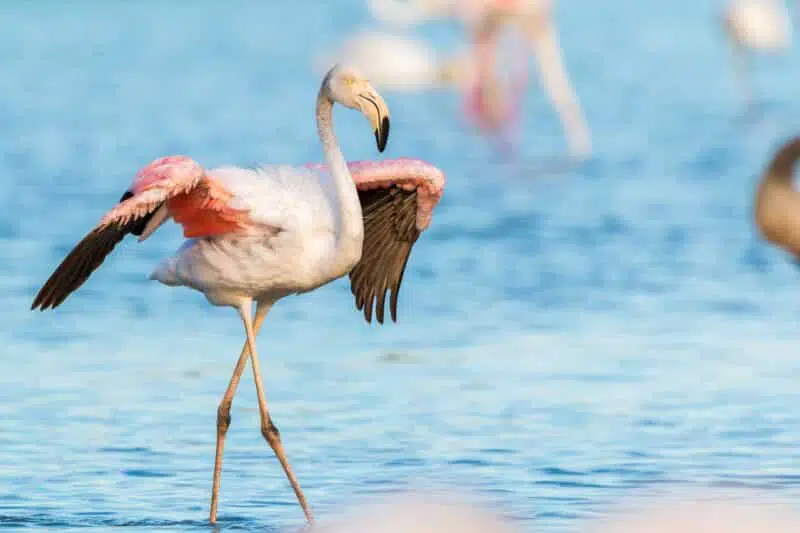The largest gathering of flamingos can be seen at Lake Nakuru and is undoubtedly something you should put on your bucket list.
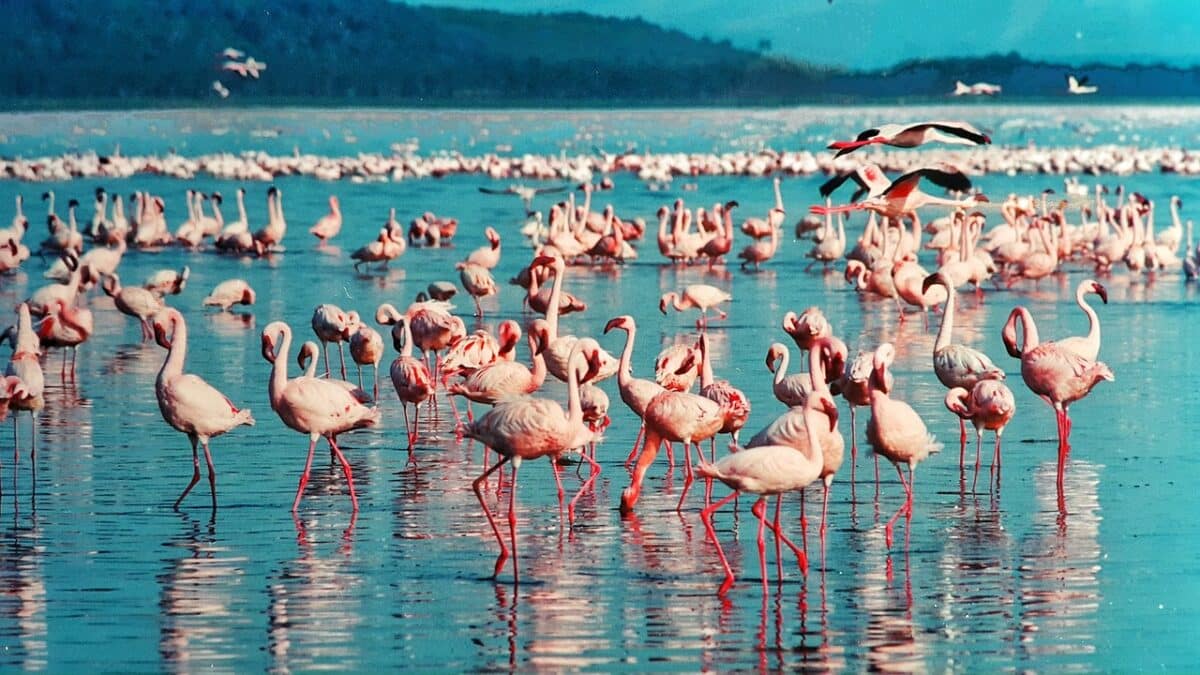
Nestled within the picturesque landscapes of Kenya, Lake Nakuru stands as a mesmerizing spectacle, captivating the hearts of nature enthusiasts and avid birdwatchers. While its crystal-clear waters and lush surroundings offer a visual feast for the eyes, the vibrant congregation of flamingos truly steals the show. Every year, this serene haven becomes home to the largest gathering of flamingos on the planet, transforming the lake’s surface into a stunning pink mirage.
This article delves into the mesmerizing realm of the Pink Mirage, exploring the remarkable spectacle of the largest congregation of flamingos in the world. Prepare to be transported to a realm where nature’s artistry and the grace of these majestic birds merge into an unforgettable experience.
Key Points
- Lake Nakuru is the largest gathering of flamingos on the planet, creating a stunning pink mirage on the lake’s surface.
- Lake Nakuru is home to various bird species, including herons, egrets, cormorants, and pelicans, making it a paradise for birdwatchers.
- Flamingos have distinct characteristics such as vibrant plumage, long legs, webbed feet, and specialized beaks for filter-feeding.
- Flamingos exhibit intriguing behaviors like group living, synchronized movements, courtship displays, nest building, and cooperative parenting.
- The diet of flamingos, rich in carotenoids from organisms like algae, gives them their distinctive pink coloration.
Overview of Lake Nakuru and Its Flamingos
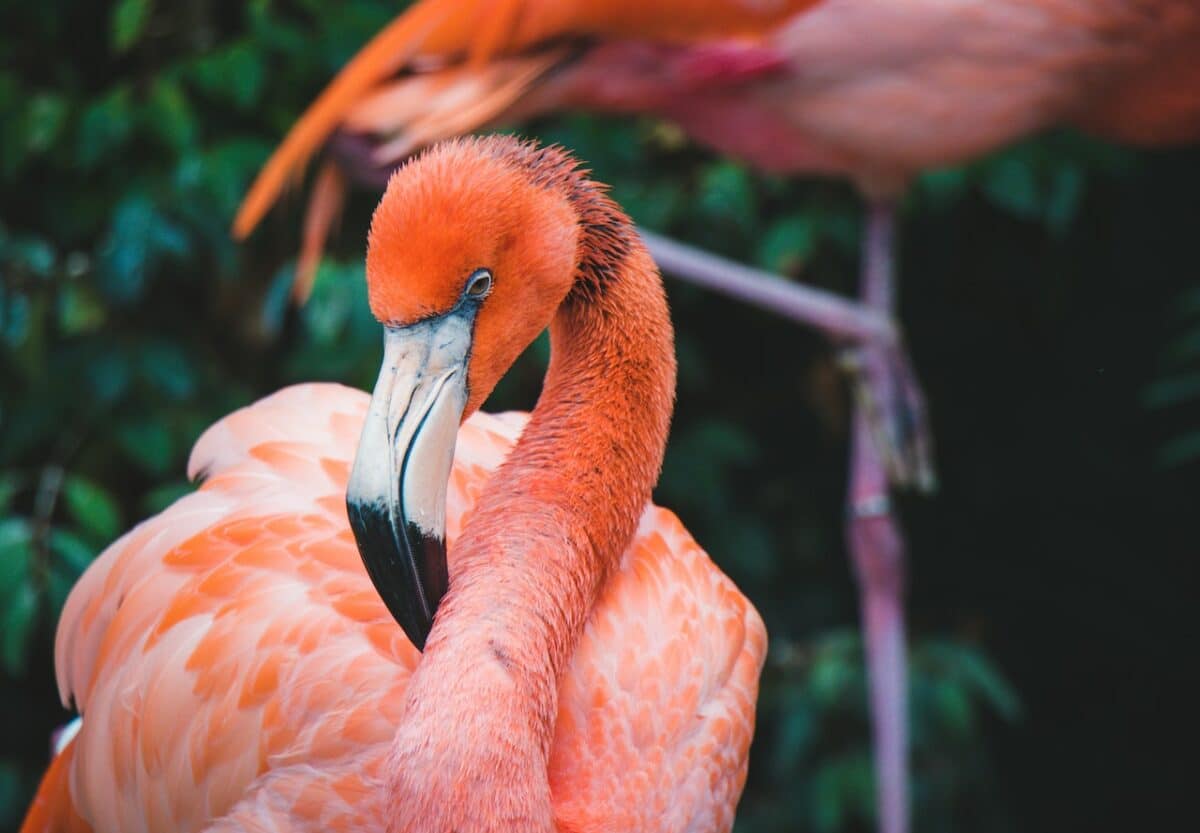
Located in the enchanting scenery of central Kenya, Lake Nakuru is a truly mesmerizing destination that captivates the hearts of nature lovers. It is the largest gathering of flamingos on the planet. These graceful birds flock to the lake’s shallow alkaline waters every year to feed on the abundant algae and plankton. The result is a stunning pink mirage that stretches as far as the eye can see, painting the lake’s surface.
The lake is also home to many other bird species. These include herons, egrets, cormorants, and pelicans, making it a paradise for birdwatchers. And that’s not all – the lake is a dwelling for various mammals. You can spot buffalos, zebras, and giraffes, as well as predators such as lions and leopards.
In addition, Lake Nakuru’s unique ecosystem results from its location in the Rift Valley, which has created a mineral-rich environment that supports abundant plant and animal life. The lake is also a protected area, providing a safe sanctuary for the flora and fauna that call it home.
You might also like: The Biggest Flock of Migrating Birds Ever Recorded.
Physical Attributes of Flamingos
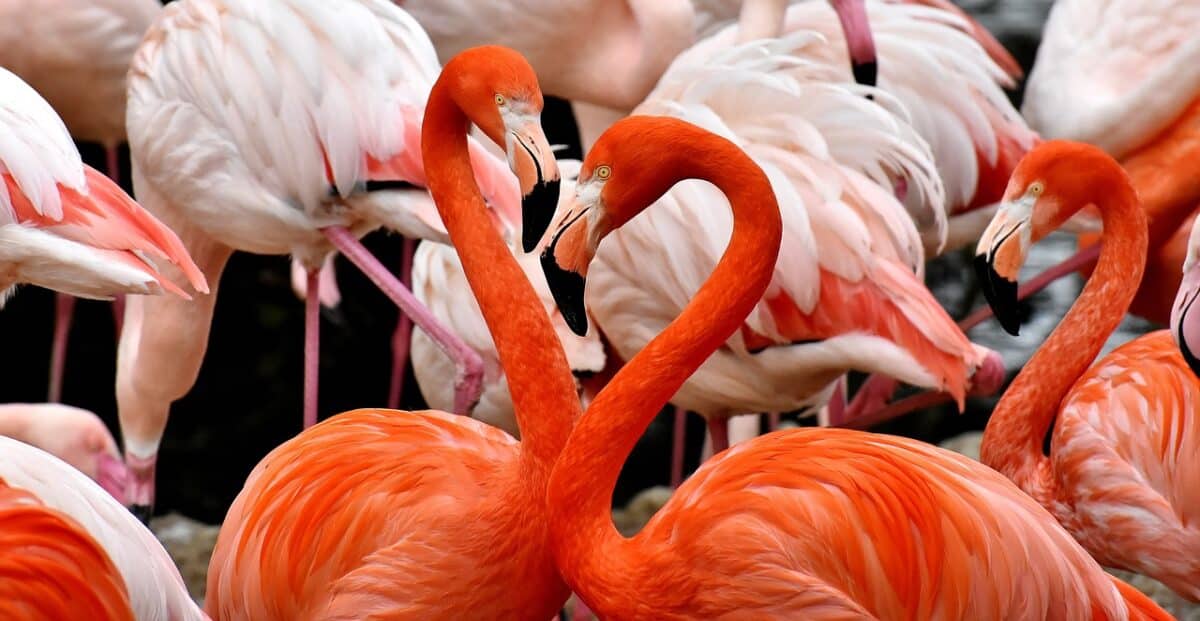
Flamingos possess distinct characteristics that set them apart from most other types of birds. They exhibit a vibrant plumage, primarily featuring shades of pink, orange, and red. The pigments present in their diet are the reason for their striking colors.
Moreover, they are recognized for their long, slender legs, graceful necks, and webbed. These anatomical features enable them to wade through shallow waters and reach their food sources, such as algae and small aquatic organisms. The webbed feet assist flamingos in navigating through muddy or marshy environments. They also provide stability and support as they walk or swim.
In addition, flamingos possess specialized beaks designed for filter-feeding. These beaks contain a series of lamellae (comb-like structures) that allow them to filter out water while retaining food particles like algae, small crustaceans, and insects.
Moreover, they are highly adaptable birds capable of thriving in diverse habitats ranging from saline lakes and lagoons to estuaries and coastal regions. They have evolved to withstand extreme temperatures and varying water conditions.
Behavioral Characteristics of Flamingos
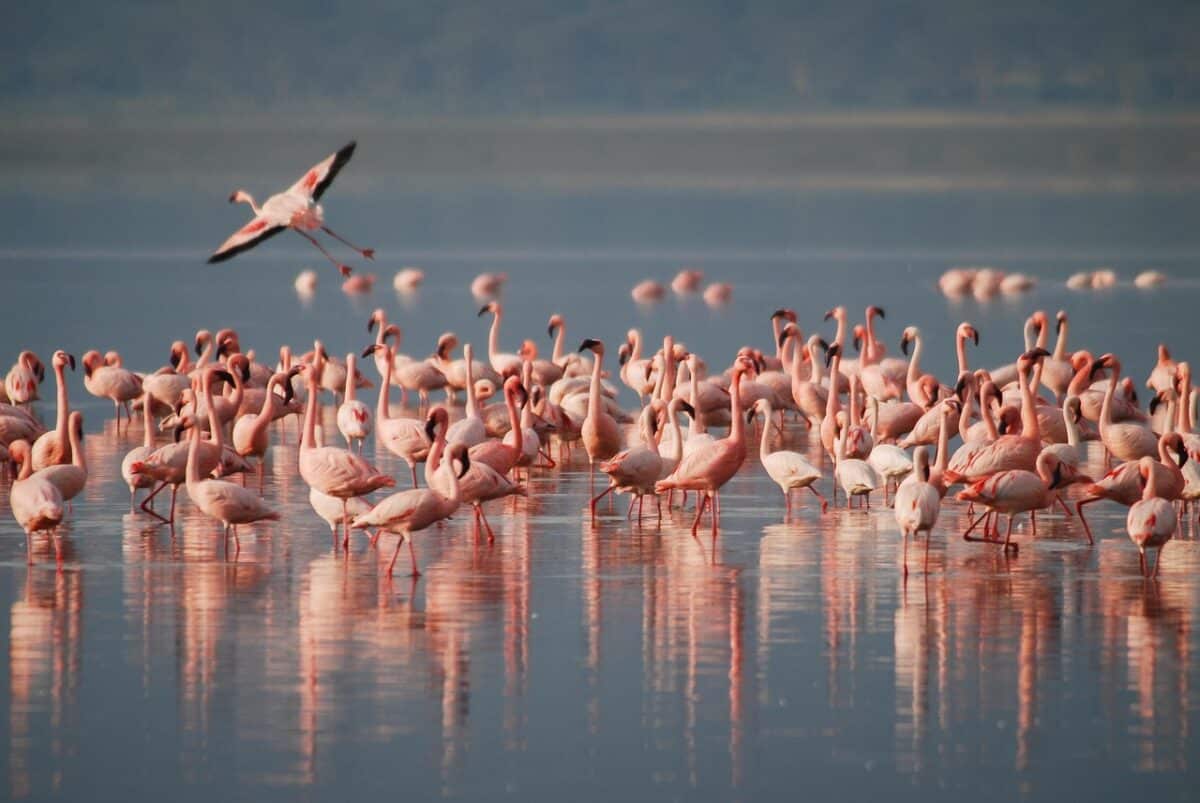
Flamingos exhibit various intriguing behavioral characteristics that contribute to their unique social dynamics. Here are some notable behavioral traits of flamingos to look out for if you ever get to observe the largest gathering of flamingos:
#1 Group Living
Flamingos are highly social birds and often live in large flocks or colonies that can number thousands. Group living protects them from predators, enhances their foraging efficiency, and facilitates mating opportunities.
#2 Synchronized Movements
One of the most captivating behaviors displayed by flamingos is their synchronized movement. They coordinate their actions in flight or when wading through water, creating visually stunning formations. These synchronized movements help maintain group cohesion and may also confuse predators.
#3 Courtship Displays
During the breeding season, flamingos engage in elaborate courtship displays. Males and females perform synchronized rituals, including head-flagging, wing-saluting, and marching in unison. These displays serve to attract mates and strengthen pair bonds.
#4 Nest Building
Flamingos construct elaborate nests to protect their eggs. Both males and females contribute to nest building using mud, twigs, and vegetation. The nests are often cone-shaped mounds that rise above the water’s surface to avoid flooding.
#5 Cooperative Parenting
Flamingos practice cooperative parenting, where both parents take turns incubating the eggs and feeding the chicks. This shared responsibility allows for better offspring survival rates and allows individuals to participate in other essential activities.
Diet of Flamingos (and the Reason They’re Pink)
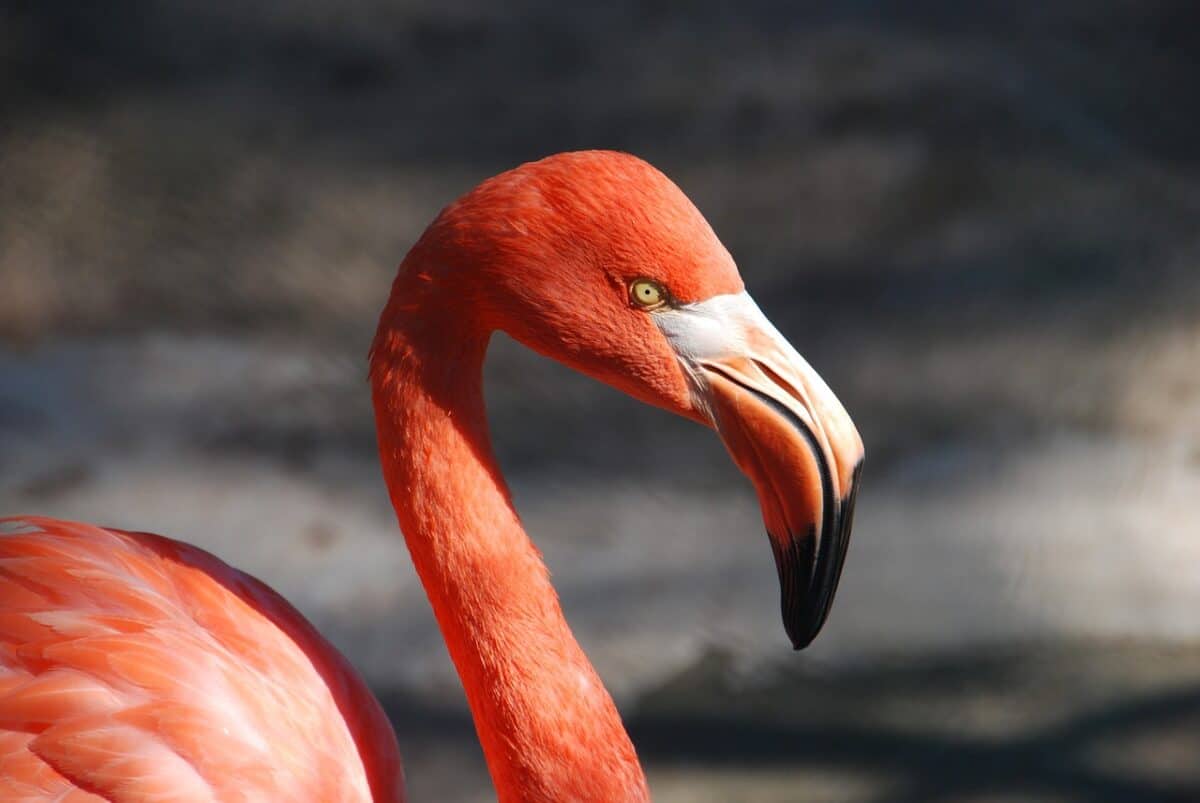
The diet of flamingos plays a crucial role in their distinctive bright pink coloring. They feed on organisms rich in pigments, particularly carotenoids. Carotenoids are natural pigments present in plants, algae, and certain invertebrates. When flamingos consume these carotenoid-rich organisms, their digestive system absorbs the pigments. Once absorbed, the carotenoids undergo a chemical transformation within the flamingo’s body. Enzymes break down the carotenoids into pigments called “apo-carotenoids.”
The apo-carotenoids are deposited into the flamingo’s feathers, specifically in the cells of the outermost layer called the “keratinocytes.” These pigments give the feathers vibrant pink, orange, or red coloration.
The intensity of the pink coloring in flamingos can vary depending on the concentration and types of carotenoids consumed. Flamingos with a diet rich in carotenoids exhibit a more vivid and intense pink plumage.
Learn about another bird with insane plumage here.
Species of Flamingos Found In Lake Nakuru
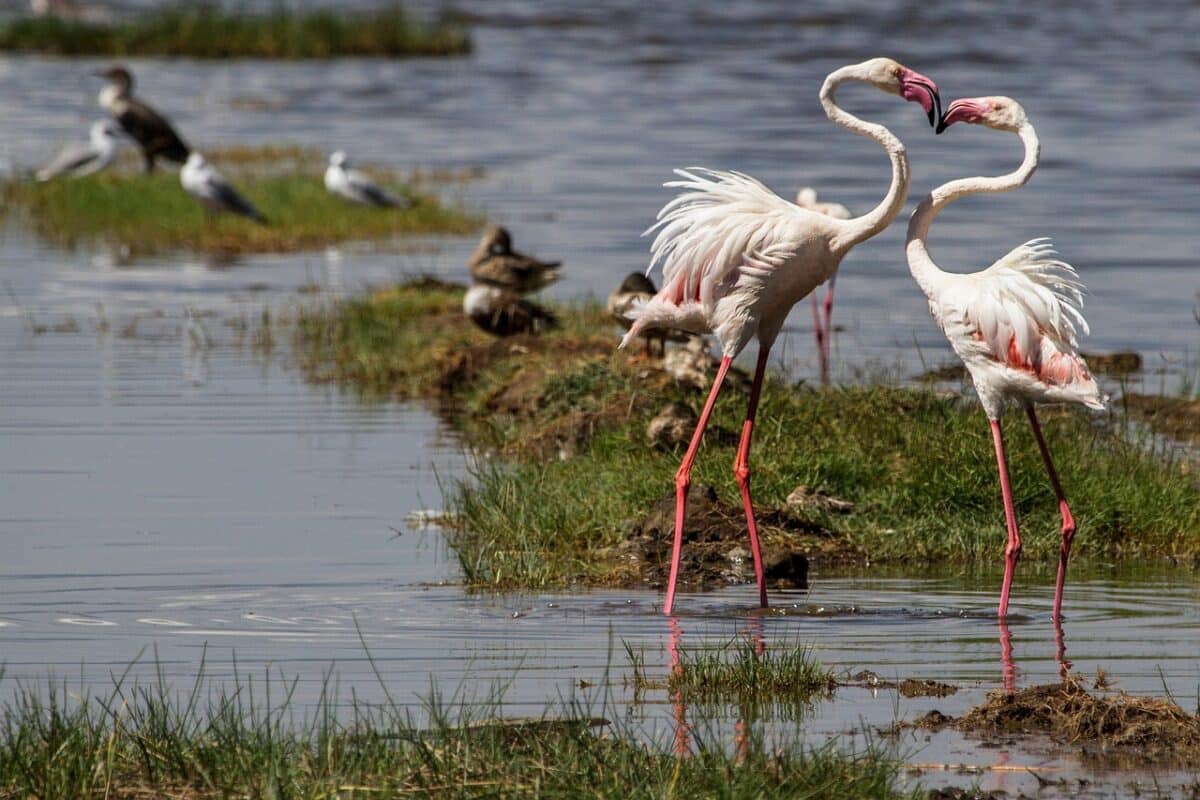
The two flamingos commonly found in Lake Nakuru are the Lesser Flamingo (Phoeniconaias minor) and the Greater Flamingo (Phoenicopterus roses).
Lesser Flamingo (Phoeniconaias minor)
The Lesser Flamingo is the smaller of the two species and has a distinctive deep pink or reddish-pink plumage. It has a curved beak with a black tip, and its legs are pink.
The Lesser Flamingo is highly adapted to feeding on the cyanobacteria and algae that thrive in the alkaline waters of Lake Nakuru. They form large flocks that create breathtaking displays of pink when they gather in the lake.
Greater Flamingo (Phoenicopterus roses)
The Greater Flamingo is the larger species of flamingo and has pale pink or white plumage with black primary feathers on its wings. They have long, thick necks and large, downward-curving beaks. The Greater Flamingo also inhabits Lake Nakuru, though they are less in number than the Lesser Flamingo. They feed on a variety of aquatic invertebrates and small fish.
The Pink Mirage: The Largest Gathering of Flamingos
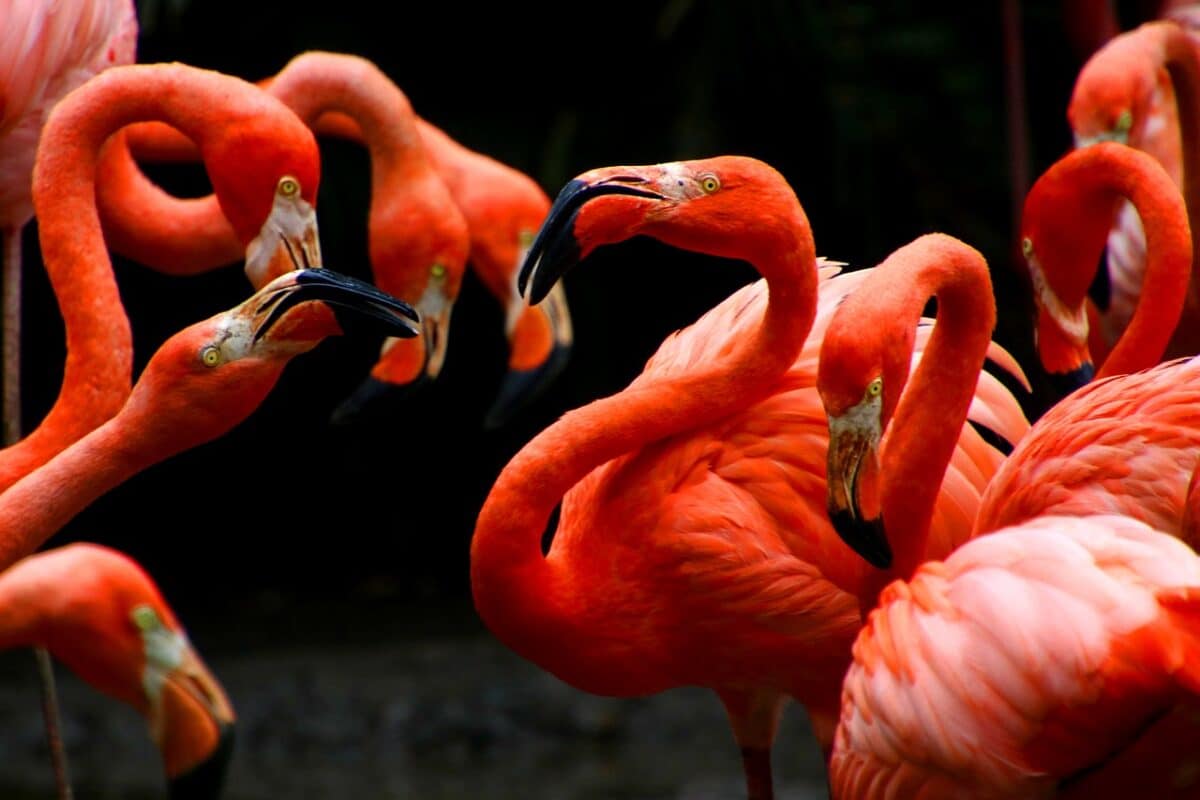
Lake Nakuru hosts the largest flamingos gathering on the planet, drawing visitors from far and wide to witness this awe-inspiring phenomenon. During peak season, the lake’s surface transforms into a mesmerizing pink mirage as millions of these majestic creatures flock to the nutrient-rich waters to feed on algae. Seeing these beautiful birds dancing and gliding in unison amidst the serene backdrop of the lake is truly a sight to behold and a testament to the wonders of the natural world.
The high alkalinity of Lake Nakuru’s water poses the ideal habitat for blue-green algae, the primary food source for flamingos. The lake’s shallow waters also allow for the easy filtration and consumption of plankton, brine shrimp, and algae, contributing to their massive congregation.
As a result, the lake hosts over two million flamingos during the peak season, creating a unique and awe-inspiring natural phenomenon. Additionally, conservation efforts have been implemented to preserve the lake’s ecosystem, ensuring a sustainable environment for these endangered birds.
The Best Time To Visit Lake Nakuru For the Largest Gathering of Flamingos
Witnessing the Pink Mirage at Lake Nakuru is a once-in-a-lifetime experience that you should not miss. The ideal time to visit and witness the largest congregation of flamingos is during the dry season between July and September. During this period, the lake’s abundance of algae and plankton attracts an astonishing number of these graceful creatures. However, visitors should be aware of the high demand for accommodation during this time, and early booking is recommended.
Ecological Significance of the Pink Mirage
Beyond its visual appeal, the largest gathering of flamingos holds a crucial ecological significance. The abundance of flamingos in Lake Nakuru is a testament to the lake’s rich biodiversity. The microorganisms and algae that support the flamingos provide the foundation of the lake’s complex food chain, sustaining countless other species.
Additionally, as filter feeders, flamingos help to maintain the balance of the lake’s ecosystem by removing harmful algae and pollutants. Their gathering also serves as a key indicator of the lake’s health and the success of conservation efforts. All in all, the Pink Mirage displays nature’s intricate interconnectedness and the importance of preserving it.
FAQs About Flamingos
Flamingos can be seen at Lake Nakuru throughout the year, but the best time to observe large flocks of flamingos is typically during the dry season from July to September.
Flamingos lose their pink color when they don’t consume enough pigments in their diet. Their vibrant pink coloration comes from pigments found in the food they eat, such as algae and crustaceans, which contain carotenoids that enhance their plumage.
A group of flamingos is called a flamboyance because it refers to their striking and flamboyant appearance when they gather in large numbers. The word “flamboyance” is derived from the French word “flamboyant,” which means showy or extravagant, reflecting the vibrant and eye-catching nature of these birds when they congregate.
The Largest Gathering of Flamingos: Closing Thoughts
Lake Nakuru’s Pink Mirage is an awe-inspiring view and the largest congregation of flamingos on the planet. This vibrant congregation of birds transforms the lake’s surface into a stunning carpet of pink, captivating the senses of all who witness it.
The lake’s alkaline water is hospitable to these magnificent creatures, allowing them to bask in its calm waters and engage in their mating rituals without interruption. The Pink Mirage of Lake Nakuru is a shining example of the beauty and diversity of nature and one that should be cherished and preserved by all.
Thank you for reading this article about the largest gathering of flamingos! If you enjoyed getting to know this lovely bird, also take a look at:
- Meet the Smallest Bird In the World
- Uncover the Largest Colony of Emperor Penguins
- The Longest Living Species of Bird
Join our Forum for free today!


